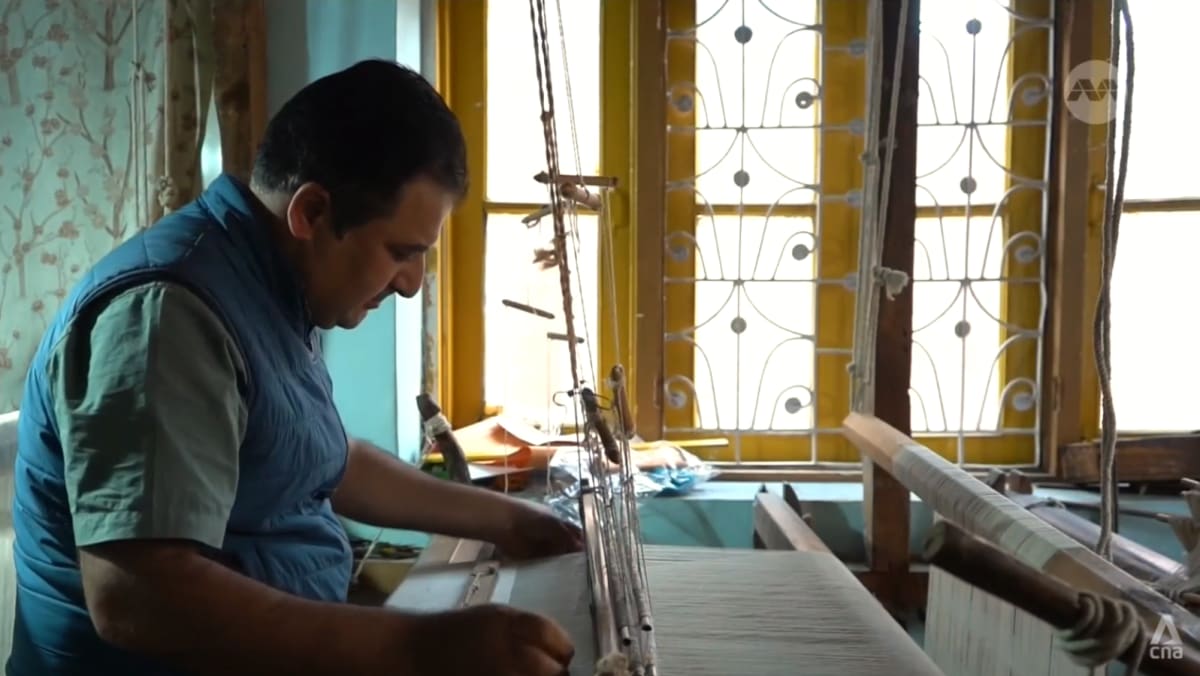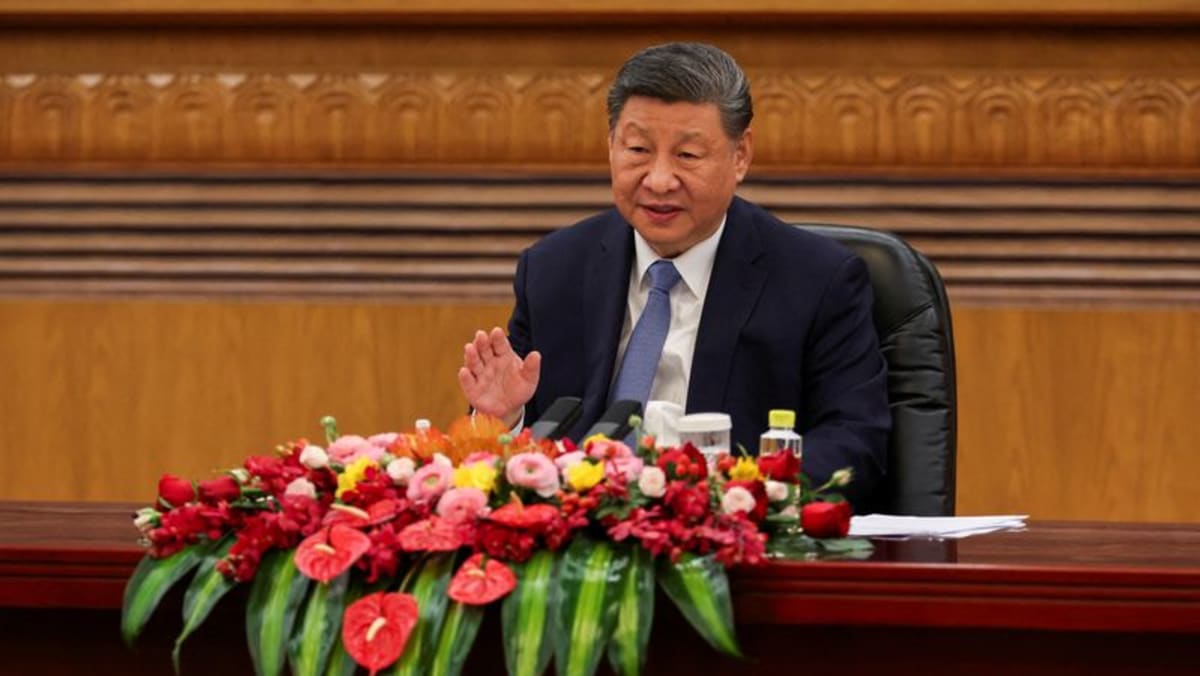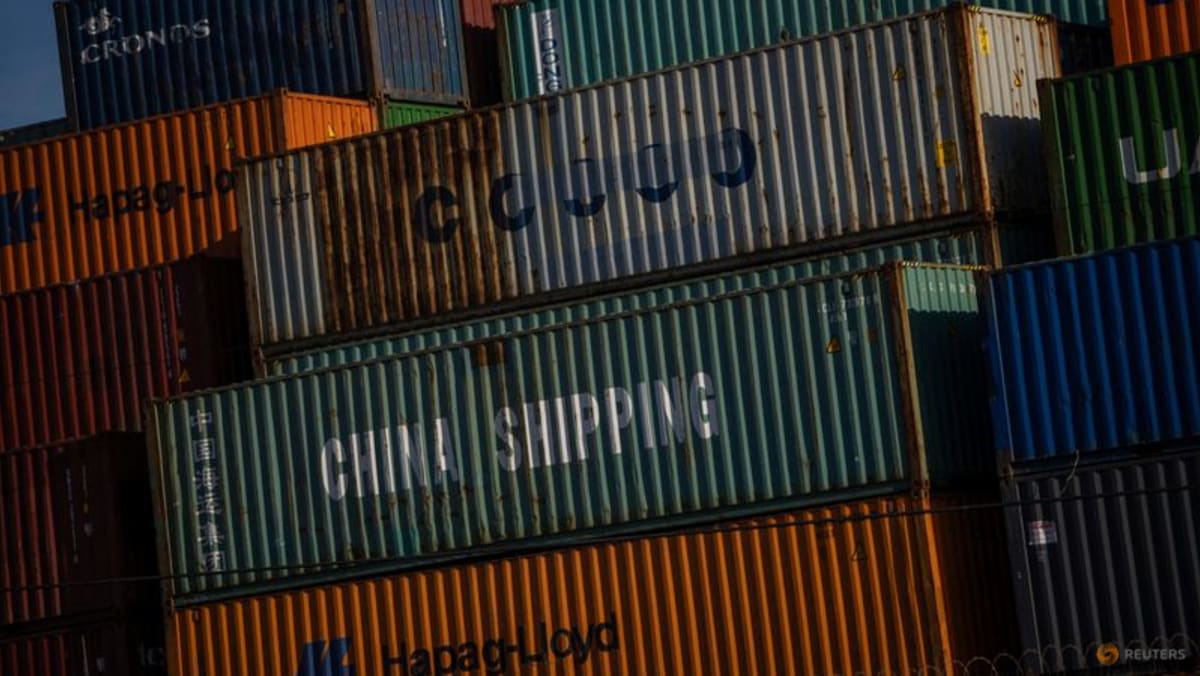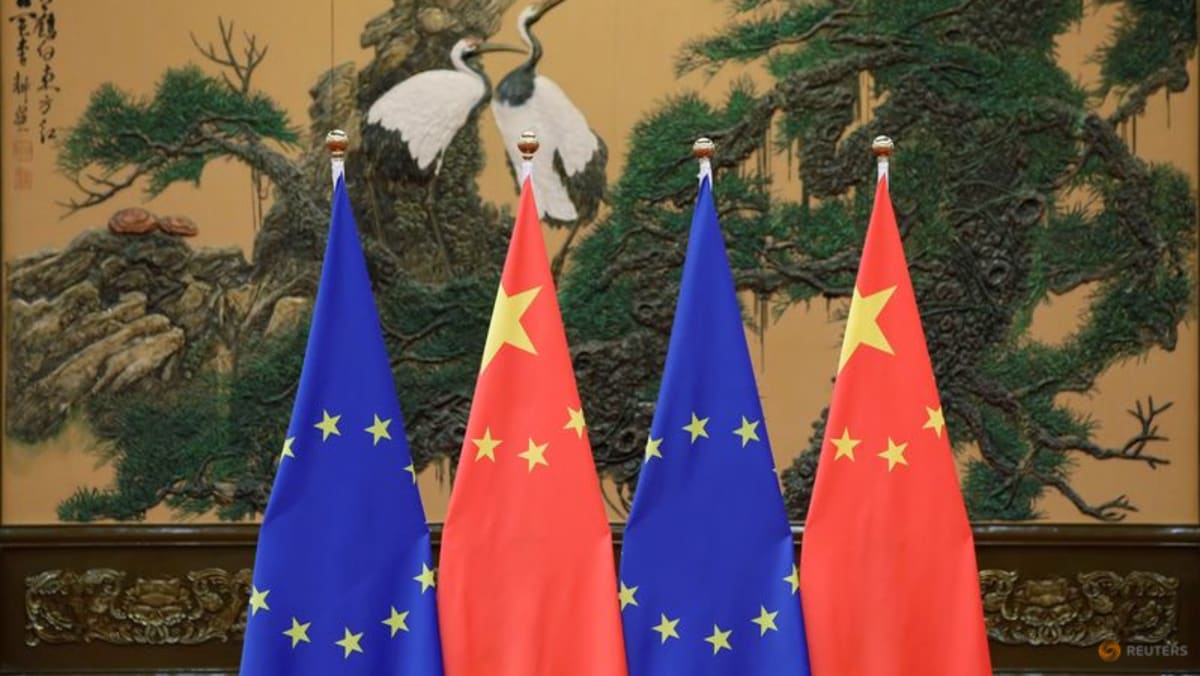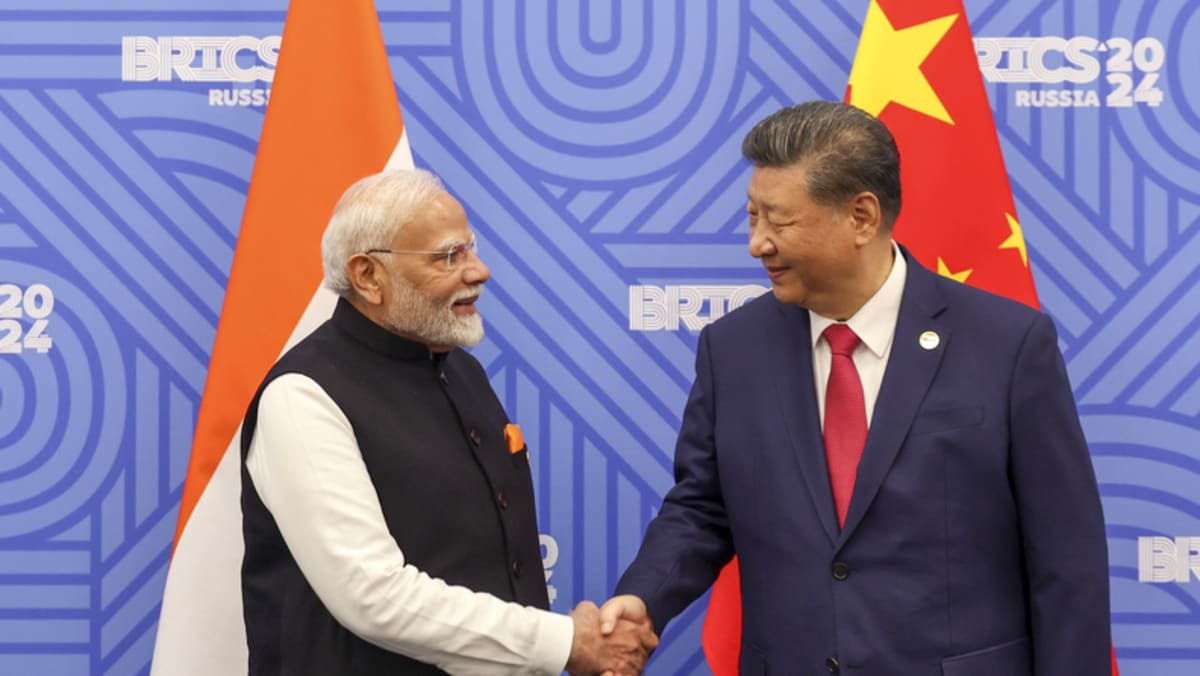Commentary: Deepfakes are still new, but 2024 could be the year they have an impact on elections

AI AND SYNTHETIC MEDIA
Regulatory discussions have added urgency now that AI tools to create synthetic media – media partially or fully generated by computers – have gone mainstream. These deepfakes can be used to imitate the voice and appearance of real people. Deepfake media are impressively realistic and do not require much skill or resources.
This is the culmination of the wider digital revolution whereby successive technologies have made high-quality content production accessible to almost anyone. In contrast, regulatory structures and institutional standards for media were mostly designed in an era when only a minority of professionals had access to production.
Political deepfakes can take different forms. The recent Indonesian election saw a deepfake video “resurrecting” the late president Suharto. This was ostensibly to encourage people to vote, but it was accused of being propaganda because it produced by the political party that he led.
Perhaps a more obvious use of deepfakes is to spread lies about political candidates. For example, fake AI-generated audio released days before Slovakia’s parliamentary election in September 2023 attempted to portray the leader of Progressive Slovakia, Michal Simecka, as having discussed with a journalist how to rig the vote.
Aside from the obvious effort to undermine a political party, it is worth noting how this deepfake, whose origin was unclear, exemplifies wider efforts to scapegoat minorities and demonise mainstream journalism.
Fortunately, in this instance, the audio was not high-quality, which made it quicker and easier for fact checkers to confirm its inauthenticity. However, the integrity of democratic elections cannot rely on the ineptitude of the fakers.
Deepfake audio technology is at a level of sophistication that makes detection difficult. Deepfake videos still struggle with certain human features, such as the representation of hands, but the technology is still young.
It is also important to note the Slovakian video was released during the final days of the election campaign. This is a prime time to launch disinformation and manipulation attacks because the targets and independent journalists have their hands full and therefore have little time to respond.
If it is also expensive, time-consuming, and difficult to investigate deepfakes, then it’s not clear how electoral commissions, political candidates, the media, or indeed the electorate should respond when potential cases arise. After all, a false accusation from a deepfake can be as troubling as the actual deepfake.
Another way deepfakes could be used to affect elections can be seen in the way they are already widely used to harass and abuse women and girls. This kind of sexual harassment fits an existing pattern of abuse that limits political participation by women.
Source: CNA


